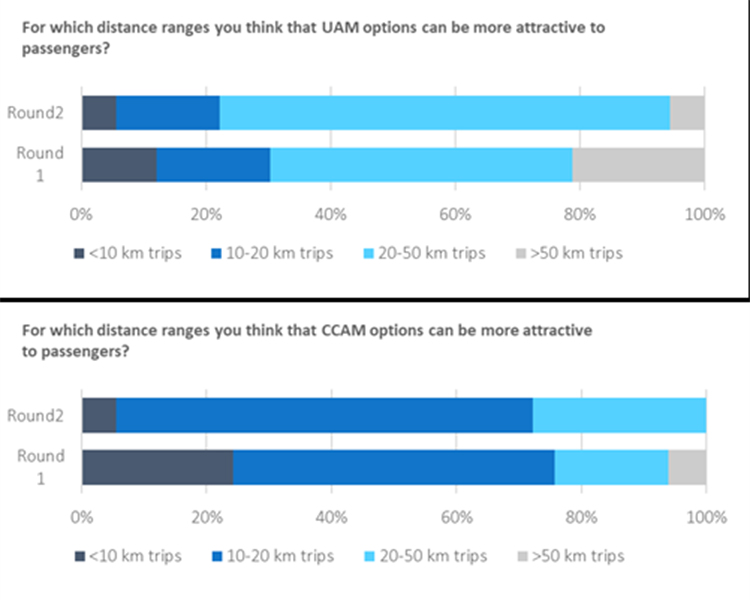The MAIA project is making progress in identifying the opportunities and risks associated with cooperative, connected and automated mobility (CCAM) and urban air mobility (UAM) within a multimodal airport access environment.
In recent months, partners worked on three main tasks:
- Spatial analysis: In this study, travel times for various transportation modes were used to investigate airport accessibility. Six airports in Europe were selected for this analysis. Travel heatmaps for driving and public transportation were generated for these airports.
- Desk research: An extensive desk research covering both academic papers and industrial reports process was conducted to complement the spatial analysis.
- Stakeholder engagement process: The MAIA project included a two-round Delphi poll involving experts from the External Experts Advisory Board (EEAB) and the Stakeholder Group. Additionally, an in-person workshop was held to discuss the results.

The results from the analysis show that travel times are the key challenge for airport accessibility. Effective solutions should aim to reduce the number of transfers required to reach the airport and ensure travel time reliability. Passengers need assurance that they can reach the terminal in time for boarding.
Additionally, from a strategic airport perspective, it is crucial that any new access mode seeks to reduce emissions (e.g., by complementing public transport rather than competing with it, thereby attracting trips from more polluting modes) and to minimise noise pollution.
The methodology and results of WP2 can be found in the D2.1 deliverable now available in our website.
